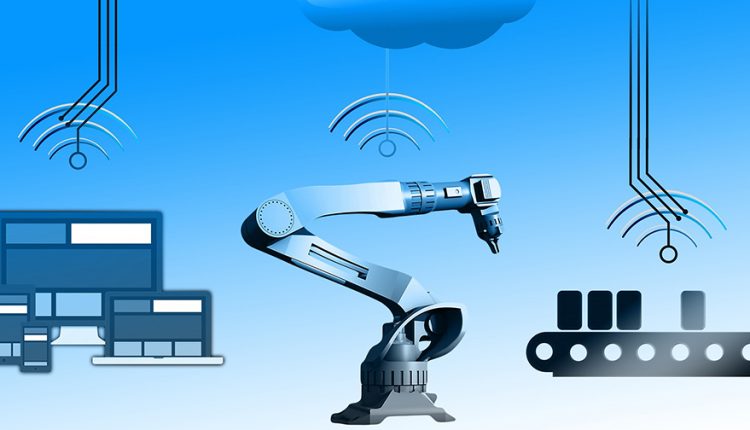The global Industrial Internet of Things (IIoT) business is arriving at a tipping point, with the industry reaching a connectivity milestone next year that will pave the way for market-changing events like the proliferation of cloud-based technologies.
These developments will help propel annual IIoT node shipments to 224 million units in 2023, a 100 million unit increase from 124 million in 2018, according to IHS Markit | Technology, now a part of Informa Tech.
However, despite the industry’s progress, about half of all IIoT deployments are failing. All too often, these deployments are being hamstrung by planning breakdowns, including the failure to set reasonable objectives and to gather support and cooperation from critical personnel within organizations. Without addressing these issues, the global IIoT market could face major challenges in reaching its growth potential.
The Connection Inflection
Industrial assets have traditionally employed fieldbus for connecting to the industrial network, and while Ethernet solutions have been in place for a couple of decades, their adoption has been slow. However, after years of making progress in the market, Ethernet is set to displace Fieldbus as the primary network medium for the first time in 2020. Ethernet will account for 43% of IIoT node shipments next year, compared to 41 percent for Fieldbus.
“There are now more than 1 billion connected devices on factory floors around the world,” said Alex West, senior principal analyst, industrial technology, at IHS Markit | Technology. “This massive installed base is about to reach a tipping point, with Ethernet overtaking Fieldbus in 2020. The proliferation of Ethernet is enabling the transmission of larger volumes of data. This will ultimately bring in technologies like the cloud that are going to supercharge the IIoT business.”
Connecting to Reduce Downtime
The arrival of a faster connectivity solution will allow manufacturers to utilize cloud-based solutions to reduce downtime.
“One of the really significant challenges faced by industrial companies is unplanned downtime,” West said. “Just to quantity that challenge, it’s estimated in the automotive industry that $20,000 to $30,000 per minute is lost through unplanned downtime. New applications enabled through IIoT, maintenance and asset-health monitoring, are really helping overcome these challenges. We’ve estimated around a 30 percent average saving or reduction in unplanned downtime can be achieved through industrial IoT solutions.”
Monitoring Assets
The benefits of IIoT solutions facilitated by enabled devices can be realized across the entire lifecycle of production, from product design, to monitoring inventory levels in the supply chain.
For example, Harley Davidson, a few years ago was facing business challenges in terms of fulfilling customer requirements. By improving the connectivity of its plant, the company was able to reduce the time to meet new orders filled from 21 days down to six hours.
Addressing IIoT Deployment Fails
While faster connectivity holds great promise for expanding the IIoT market, the reality is that current deployments are failing as often as they succeed.
“At the proof-of-concept phase, about half of IIoT projects are failing—which is acceptable for companies attempting to be agile and trial new applications,” West said. “However, there is a similar failure rate when companies move to the deployment stage. This means companies are investing enormous sums in these projects but aren’t getting the payback they expected.”
The failure of a project is defined as not meeting the customer’s expected payback. Many times, the high failure rate can be attributed to inflated expectations. A total of 50 percent of companies expect to see payback within one year, although many of these projects can take much longer to generate returns.
IHS Markit | Technology recommends manufacturers take the following steps to increase their chances of IIoT success:
- Specify the project by determining in advance which exact challenges you want IIoT to address.
- Start small, with some pilot projects of concepts to see how the technology can be utilized.
- Go right to the top, with senior-level management support for projects.
- Get the urge to converge, by ensuring support from all relevant functional groups.
- Leverage your people power, by getting staff involved with deploying the technology and encouraging them to view IIoT not as a threat, but as an augmentation to their job capabilities.

